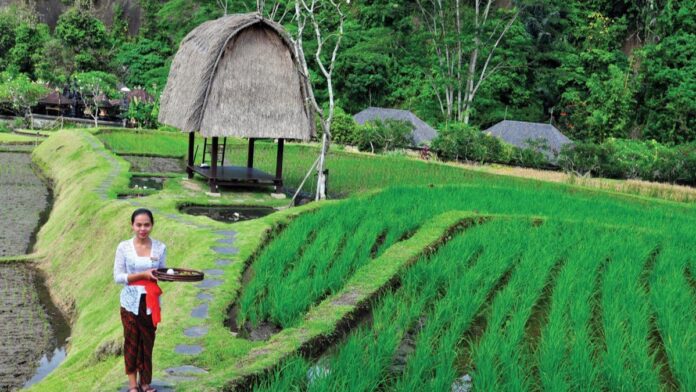
Nestled within the lush, tropical heart of Southeast Asia, Indonesia emerges as a veritable Eden, boasting one of the world’s most diverse and vibrant ecosystems. This sprawling archipelago, encompassing over 17,000 islands, is cradled by both the Pacific and Indian Oceans, creating a unique melange of climates and habitats.
From the mist-shrouded mountains of Sumatra to the sun-drenched beaches of Bali, Indonesia’s topography is as varied as it is expansive. This rich variety of environments provides the perfect setting for a multitude of plant species to flourish.
The country’s equatorial climate, characterized by abundant rainfall, high humidity, and consistent warm temperatures, creates ideal conditions for plant growth. The fertile volcanic soils, a product of Indonesia’s position along the Pacific Ring of Fire, further nourish this botanical paradise, allowing for a dazzling array of flora to thrive.
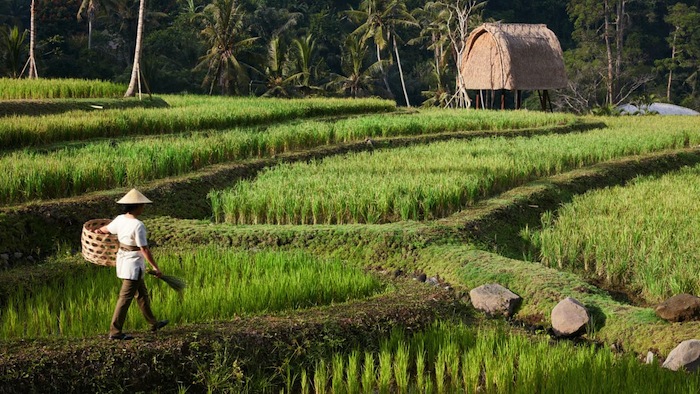
Indonesia’s botanical richness is not just a matter of natural beauty, but also of global significance. The islands are home to an array of plant species that are both rare and endemic, meaning they are found nowhere else in the world.
From the towering Sumatran rainforests, which harbor some of the tallest tropical trees on Earth, to the fragrant spice islands once sought after by traders from across the globe, Indonesia’s plant life tells a story of ecological wealth and historical allure. This abundance includes economically vital crops like palm oil, rubber, and coffee, which have become integral to Indonesia’s economy, as well as a plethora of herbal plants, such as green hulu kratom.
The diverse plant life not only sustains various wildlife but also provides for the livelihoods of millions of Indonesians. As such, Indonesia’s flora is fundamental to its cultural and economic identity, meriting both admiration and conscientious stewardship. This article will explore some of the top plants produced in this region, and their subsequent impact on Indonesia’s development.
1. Palm Oil
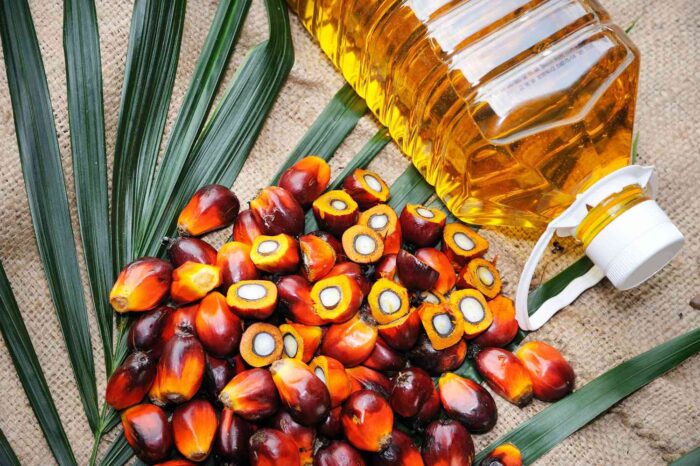
In the verdant expanses of Indonesia, the oil palm tree, Elaeis guineensis, reigns supreme, underpinning the nation’s stature as the world’s largest producer of palm oil. This industry is a colossal contributor to Indonesia’s economy, fueling growth and livelihoods across its archipelago.
The omnipresent palm oil, derived from these plantations, permeates global markets, finding its way into an astonishing array of products, from everyday food items to cosmetics and biofuels. While the industry stands as a testament to Indonesia’s agricultural prowess and economic resilience, it also faces intense scrutiny.
The environmental impact, particularly concerning deforestation and the resultant loss of biodiversity, has placed Indonesia at the heart of the sustainable agriculture debate. This has spurred initiatives towards more responsible practices, balancing the scales of economic prosperity and ecological stewardship.
2. Coffee

Indonesia’s coffee, renowned for its rich and diverse flavors, is a proud emblem of the country’s agricultural heritage. Sprawling across the volcanic slopes of islands like Sumatra, Java, and Sulawesi, the Indonesian archipelago provides a perfect canvas for coffee cultivation, with each region imparting its unique characteristics to the beans.
The resulting varieties, such as the earthy Sumatra Mandheling, the smooth Java Arabica, and the spicy Sulawesi Toraja, have captivated coffee aficionados worldwide. This crop not only enriches the global coffee culture with its distinctive profiles but also plays a critical role in the livelihoods of local farmers.
The process of growing, harvesting, and processing these beans reflects a centuries-old tradition, blending art and skill to produce some of the world’s most sought-after coffees.
3. Rubber
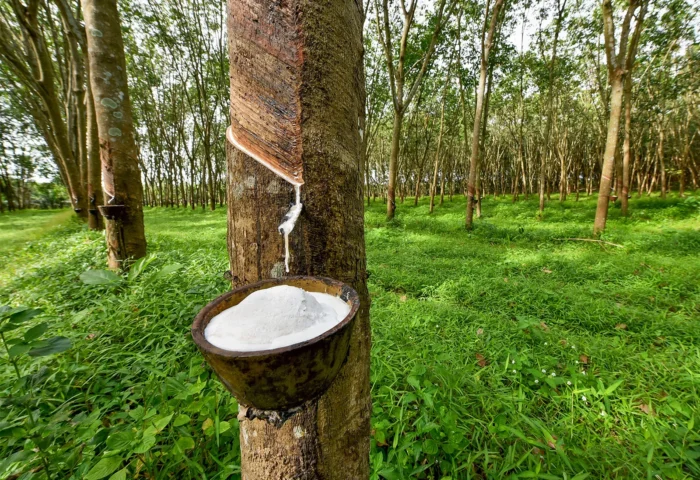
Indonesia’s rubber industry, tapping into the nation’s rich natural resources, stands as a vital component of its agricultural sector. The country’s vast stretches of rubber plantations, primarily located in regions like Sumatra, Kalimantan, and Java, make it one of the world’s leading rubber producers.
The Hevea brasiliensis trees, thriving in the humid tropical climate and fertile soils, are meticulously tapped for their latex—a milky fluid that is the foundation of a myriad of rubber products. This industry not only significantly contributes to Indonesia’s economy but also supports the livelihoods of countless smallholder farmers and workers involved in the rubber production chain.
4. Cacao
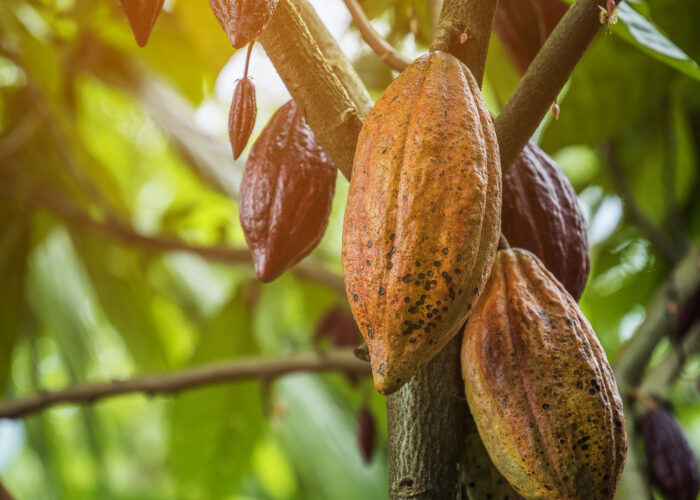
Indonesia’s flourishing cacao industry, nestled in the fertile soils and warm, humid climate of regions like Sulawesi and Sumatra, marks the country as a significant player in the global chocolate market.
The cultivation of cacao beans, integral to chocolate production, is more than just an agricultural activity; it’s a craft honed by generations of Indonesian farmers. These beans, known for their rich, robust flavors, are a testament to the country’s biodiversity and agronomic skill.
The cacao sector not only contributes to Indonesia’s economy but also plays a vital role in sustaining rural communities, providing employment and income for numerous smallholder farmers. As the world’s appetite for chocolate grows, Indonesia’s cacao industry stands poised to meet this demand, balancing tradition with innovation to maintain its position in the global cacao landscape.
5. Spices
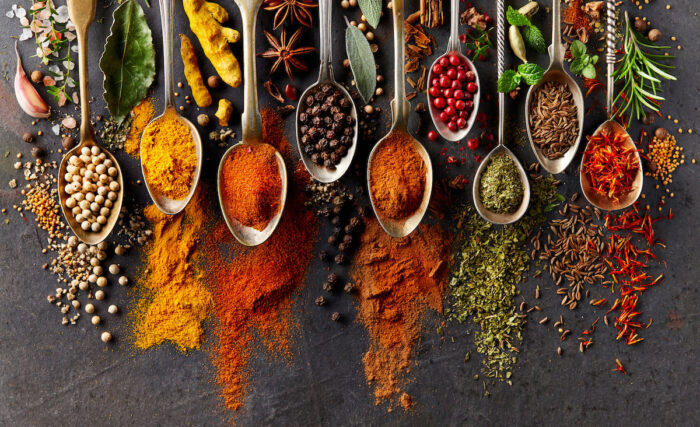
Indonesia, particularly the famed Spice Islands of Maluku, has been a treasure trove of coveted spices like nutmeg, cloves, and mace for centuries. These spices, growing abundantly in the lush, tropical climate, not only add distinctive flavors to cuisines around the world but also hold significant historical importance, having once driven the age of exploration and colonial competition.
Today, Indonesian spices continue to be a key economic asset, supporting local farmers and contributing to the country’s export revenues. The enduring legacy of Indonesia’s spice trade reflects the nation’s enduring influence on global food cultures and its continued role in the international market.
Indonesia, rich in natural resources, sustains a diverse array of plant-based industries that are not only cornerstones of its economy but also integral to the global market.
From the sprawling palm oil plantations and the world-renowned coffee and spice trades to the sustainable cultivation of rubber and cacao, Indonesia demonstrates a remarkable capacity to harness its environmental wealth.
These industries, deeply rooted in the country’s culture and history, reflect Indonesia’s commitment to balancing economic growth with ecological sustainability, while shaping both local livelihoods and global trends.








